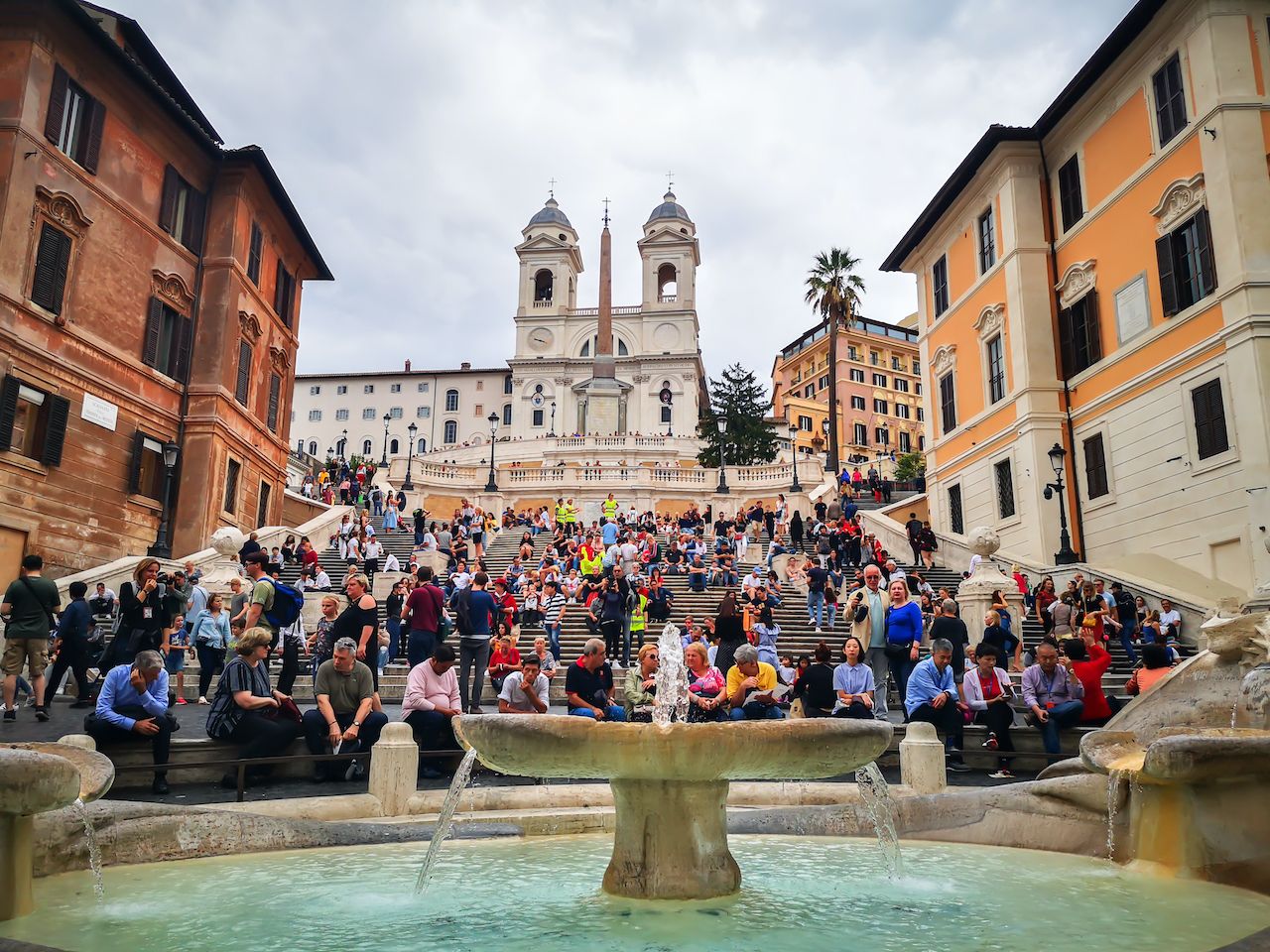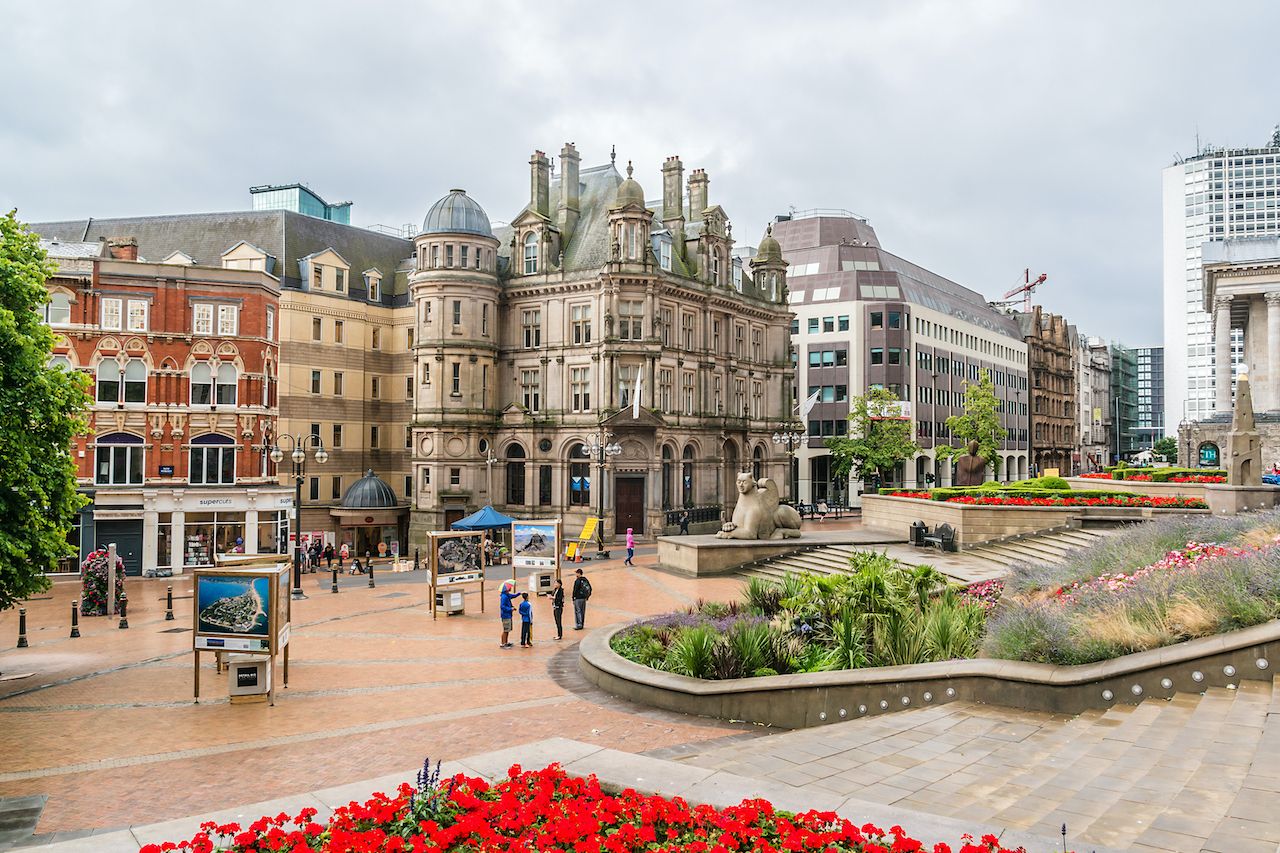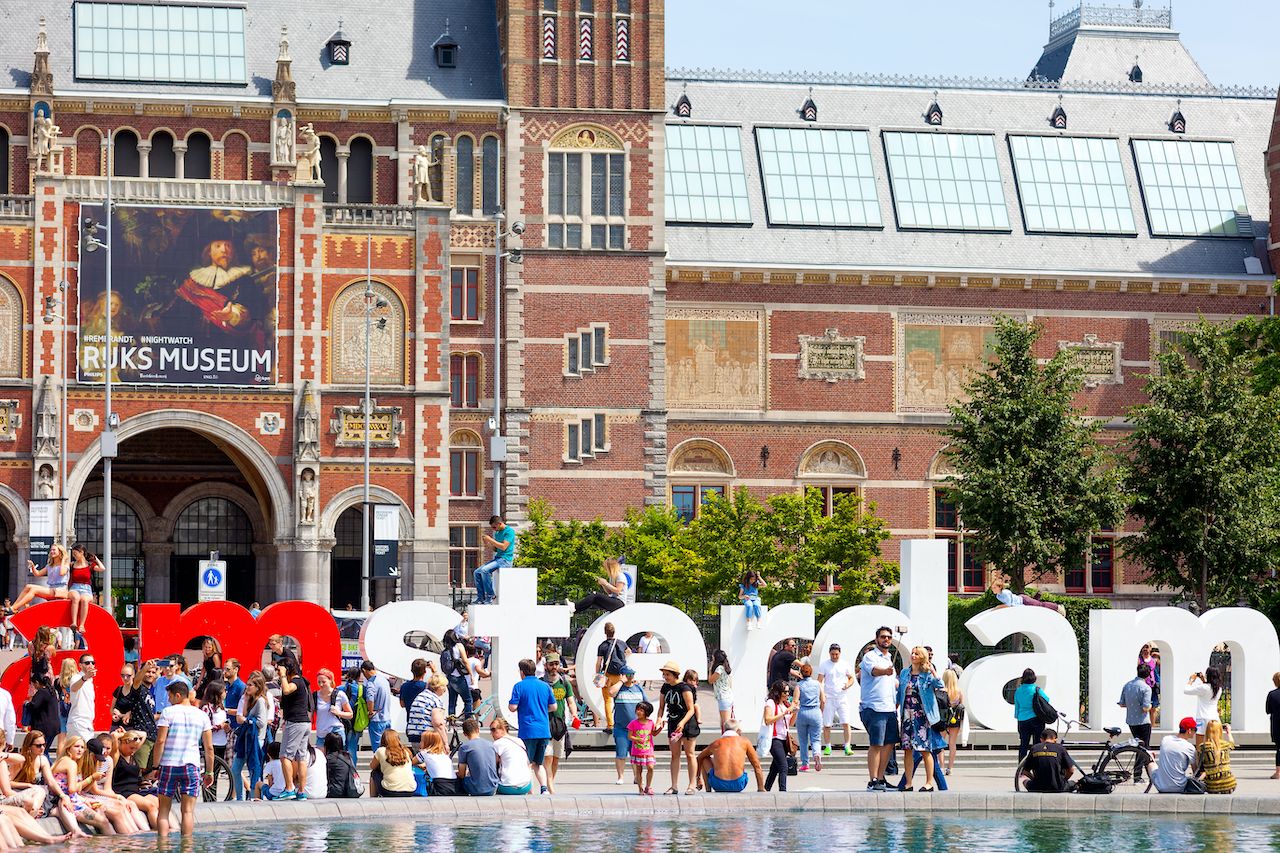“I just returned from Hamburg” doesn’t have quite the same ring to it as, “I just returned from Berlin.” Yet travel isn’t about what sounds best, it’s about having the most impactful and memorable experience.
Conventional wisdom might suggest that the best experiences are found in the cities that live in the limelight — the Bangkoks, Lisbons, and New Yorks of the world — but in many cases you can have a more memorable vacation by avoiding a country’s most populous, headline city and instead visiting its second city. The second city moniker refers to population, but that doesn’t necessarily mean its cultural, culinary, or leisure offerings are second best. Second cities are typically less crowded, more affordable, and allow travelers to escape the tourist traps that plague their better-known counterparts.



